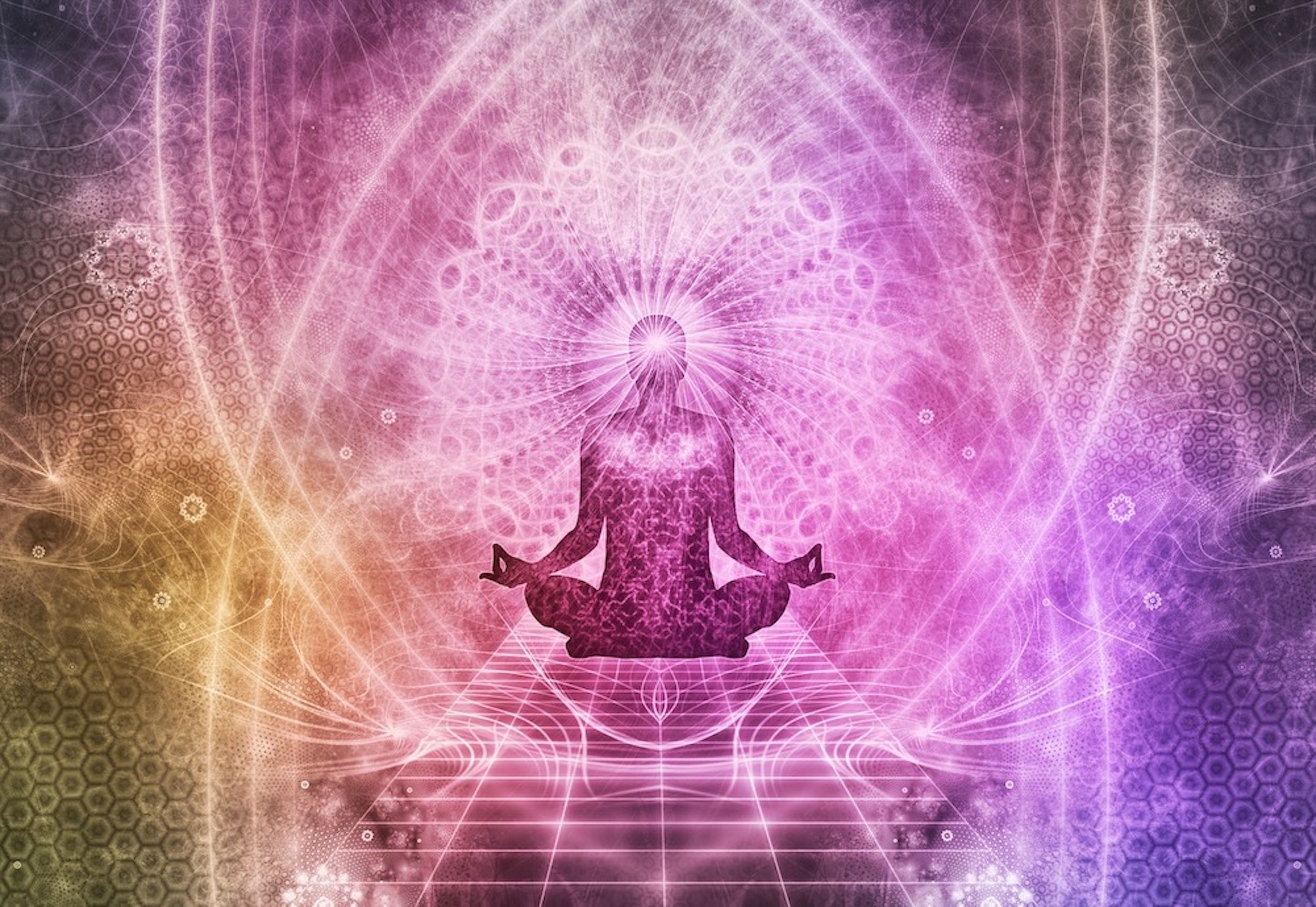- Your cart is empty
- Continue Shopping

Welcome to Psychedelic Anxiety! Order 24/7, shipped same day.


$180.00 – $1,500.00
Add to cart$180.00 – $1,500.00
DMT (Dimethyltryptamine) is one of the most powerful and mysterious psychedelics known to humankind. Often referred to as “The Spirit Molecule”, this compound has been used for centuries in shamanic traditions and continues to fascinate scientists, spiritual seekers, and psychonauts alike.
You’ll be in the magical colorful dimension of God. Psychoactive toad experience that’s transforming lives. 5-MeO-DMT is shown to produce sustained enhancement of satisfaction with life, and easing of anxiety, depression and post-traumatic stress disorder (PTSD).
order 5-Meo-DMT(Cartridge) .5mL UK You’ll be in the magical colorful dimension of God. Psychoactive toad experience that’s transforming lives. 5-MeO-DMT is shown to produce sustained enhancement of satisfaction with life, and easing of anxiety, depression and post-traumatic stress disorder (PTSD). 5-MeO-DMT is one of the most potent psychedelics you can consume, and the experience can be intense and powerful—in both positive and negative ways. Though everyone will undergo a unique and individual experience, there are some general things you can expect. DMT(Cartridge – the spirit molecule)
DMT (Dimethyltryptamine) is one of the most powerful and mysterious psychedelics known to humankind. Often referred to as “The Spirit Molecule”, this compound has been used for centuries in shamanic traditions and continues to fascinate scientists, spiritual seekers, and psychonauts alike.

Why is DMT called “the spirit molecule?”
Rick Strassman was the first American researcher to receive government approval to study hallucinogens after a two-decade ban. Between the years of 1990-95, the clinical associate professor of psychiatry administered roughly 400 doses of N,N-dimethyltryptamine (DMT) to nearly 60 patients at the General Clinical Research Center of the University of New Mexico Hospital. His findings changed the course of his career. While Strassman initially confined his clinical work confined to recording the physiological effects of DMT, such as heart rate and blood pressure, he couldn’t deny the overwhelming religious experiences reported by participants. As he reported in his book, DMT: DMT(Cartridge – the spirit molecule) (and subsequent documentary film, for which I served as the music supervisor and co-wrote the theme song), over half of the volunteers claimed to have interacted with non-human beings while under the influence of DMT.
DMT is most well-known as the psychoactive component of the “vine of the soul,” ayahuasca. Whereas ingestion of DMT alone results in a five- to 10-minute trip—the length of time Strassman’s volunteers were under the influence after being injected—when combined with particular vines, such as the Ayahuasca liana (Banisteriopsis caapi), the experience lasts for four to six hours.
Traditionally, ayahuasca is sourced from the shrub P. viridis, though many substitutes have been documented. Likewise, numerous vines contain alkaloids that serve as monoamine oxidase inhibitors (MAOIs), which make the DMT in the brew orally active and long-lasting. In the Colombian Tukano community, for example, six types of ayahuasca are used ceremonially, and each is said to produce different effects.
DMT is ubiquitous in nature. Every mammal that has been tested (including humans) produces it endogenously. At least 50 plants contain it. As with other psychedelics, DMT is related to serotonin, as well as melatonin. As the latter is produced by the pineal gland, some speculate that DMT is a mystical key, with the pineal gland being the physical correlate of the “third eye.” In fact, Rene Descartes identified this gland as the “Seat of the Soul”
The active ingredients of ayahuasca were first isolated by German pharmacologist Louis Lewin in the 1920s. He initially discovered the psychotropic effects of harmine, though some researchers, such as ethnobotanist Jonathan Ott, would later describe the experience of this alkaloid as closer to Valium.
DMT was first synthesized by German chemist Richard Manske in 1931. It took 15 years for Brazilian chemist Oswaldo Goncalves de Lima to discover it as a naturally-occurring alkaloid in plants. DMT wasn’t discovered in humans until the mid-fifties, around the time when Hungarian chemist Stephen Szara became the first researcher to scientifically study its psychotropic effects.
| Quantity | 3 Cartridges, 5 Cartridges, 10 Cartridges, 15 Cartridges, 30 Cartridges |
|---|